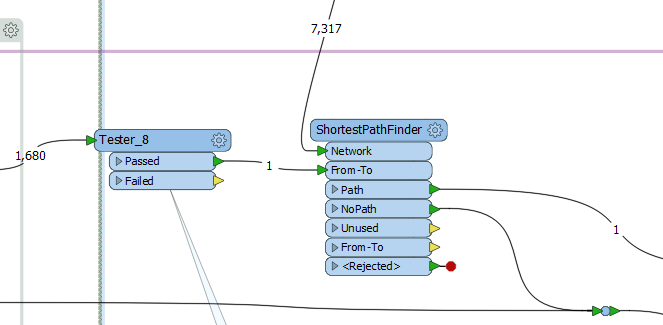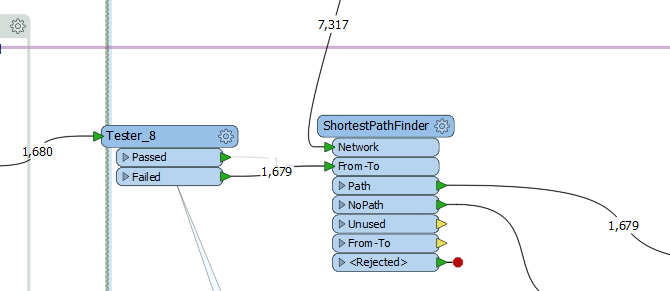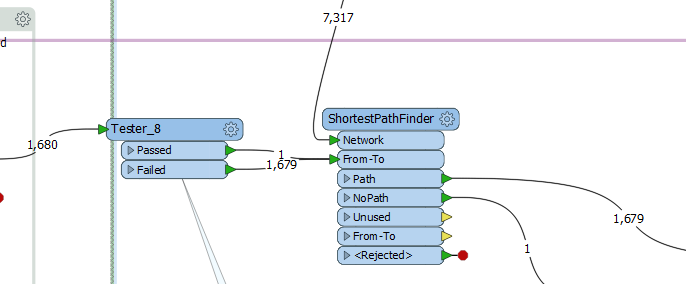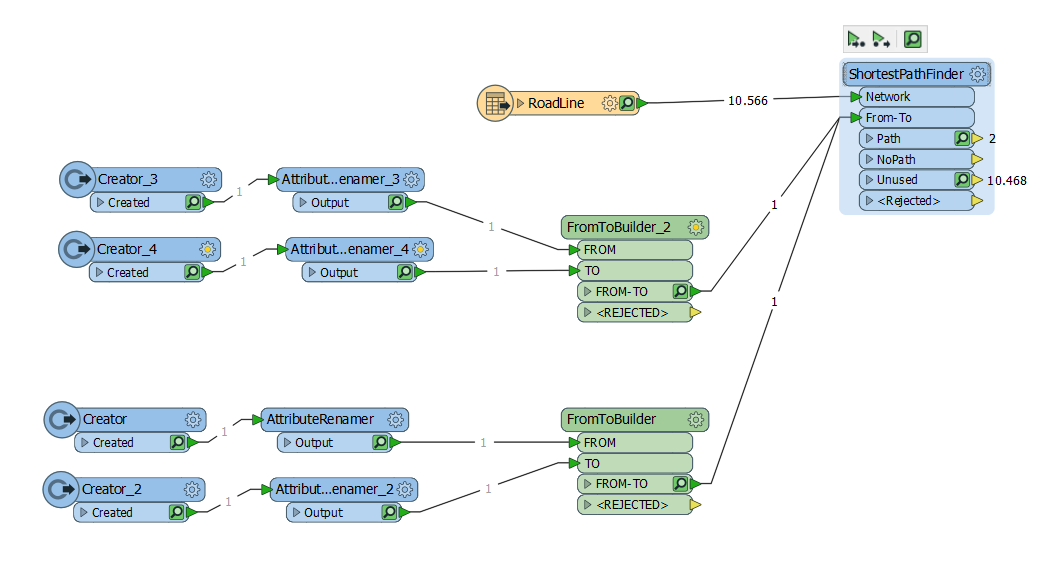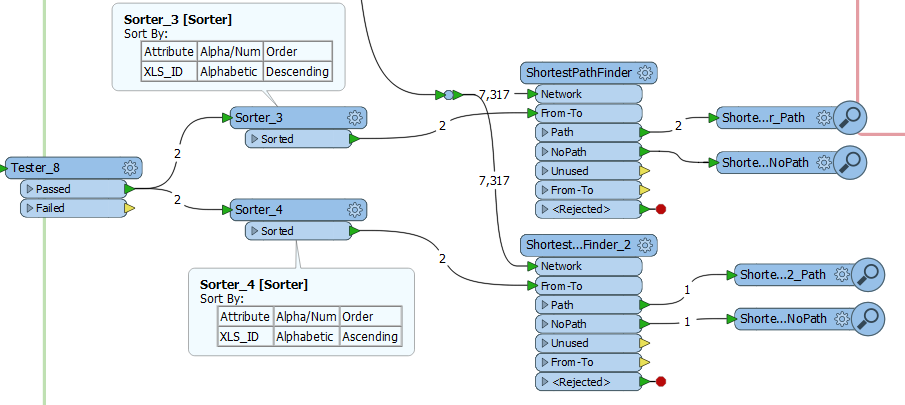Has anyone ever encountered an issue where the ShortestPathFinder fails to find a route when multiple From-To Lines enter the transformer but with no issue when the same single From-To Line is considered in isolation - never encountered this before and not sure how I can resolve it...
